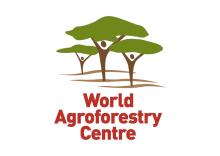Resource information
This working paper reviews historical and current factors and patterns affecting land use, land tenure, resource access, human settlement, and conflicts over resource access and tenure in the districts around Mt. Elgon in Kenya and Uganda. The paper draws on a series of interviews conducted with government officials in the districts along with other support sources such as paper maps and existing GIS databases.Based on this approach, the common findings from this study in the current setting of land tenure and land management are: complex historical processes have led to the current state of land management in the two countries land policies in both countries (Kenya’s free hold tenure and Uganda’s customary land tenure) have not resolved and will not resolve the land issues they were intended to address (such as low economic growth and agricultural production) spatial differences in the Mt. Elgon area are the results of complex issues related to history, ethnicity and tradition, farming practices and development projects emerging problem areas are landlessness, settlement conflicts, insecurity, fragmentation of farmland and small land size due to population pressure affecting land management, lack of tenure rights in practice (tree tenure and land rights) to women, conversion of customary land tenure into freehold, resource access to forest products (Kenya), and non-functional of land offices (Uganda). The set of recommendations for modifying and harmonising policies and institutions - effective at the local level promoting sustainable land management in this area - are: freehold and customary land tenure system in this area are successful if the system is administered with principles of good planning, equity and transparency improve the livelihoods and biodiversity by diversification call for a total change in attitudes within families and communities equate land rights for both men and women as legitimised owners participation of communities and other stakeholders in promoting the management of forests more scientific approaches to be called for in establishing sustainable levels of resource extraction.



